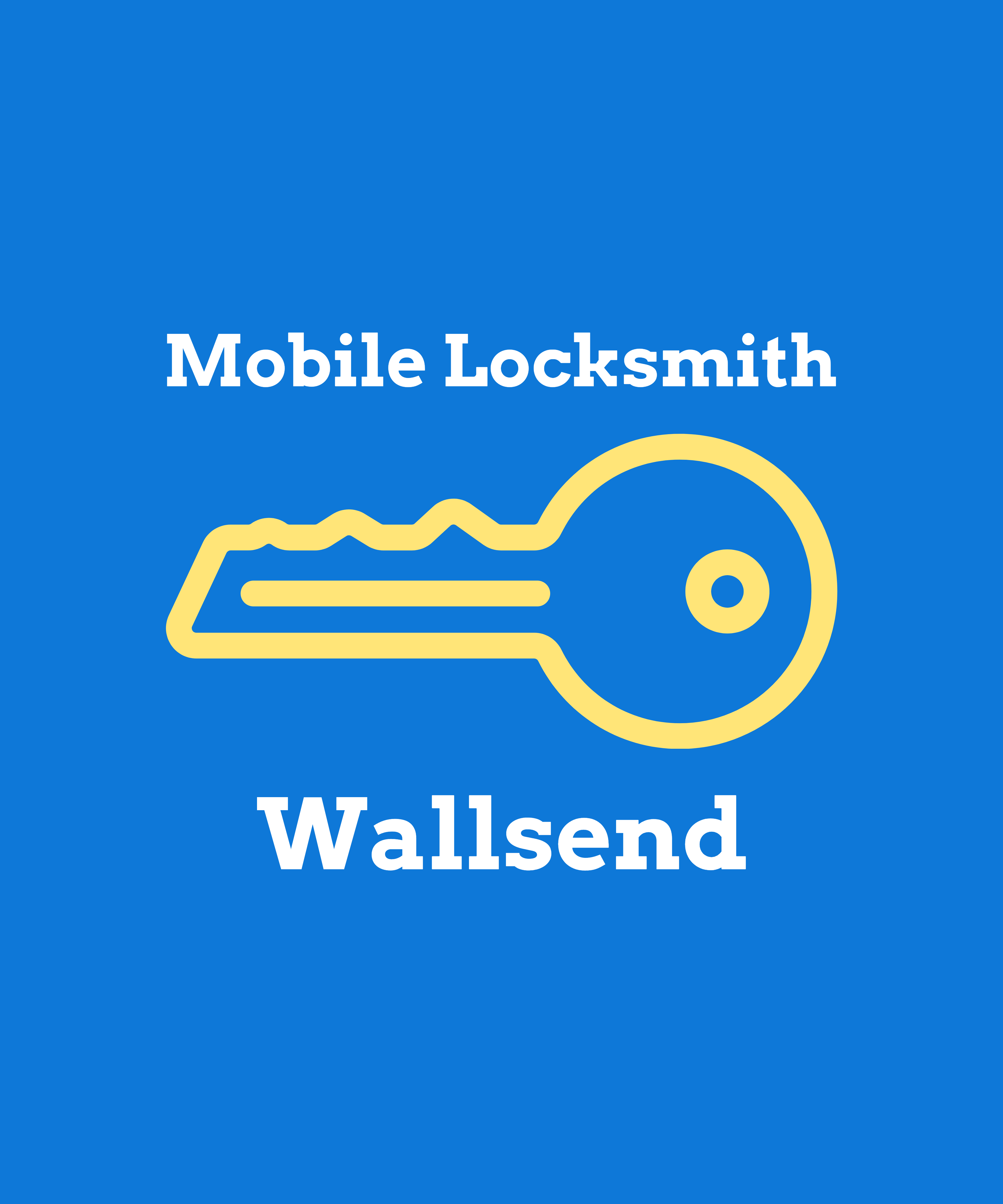Introduction
When it comes to securing your home, office, or vehicle, the type of lock you choose is paramount. The world of locks is vast and complex, filled with a variety of options that cater to different needs and preferences. If you're feeling overwhelmed by all the choices available, fear not! Your friendly Wallsend locksmith is here to guide you through the maze of lock types. This comprehensive guide aims to demystify locks, explaining their functionalities and providing insights into choosing the right one for you.
Understanding various lock types can help you make informed decisions that enhance your security posture. Whether you're considering traditional mechanical locks or modern smart locking systems, this article aims to equip you with valuable knowledge. So, let’s dive in!
Understanding Lock Types: A Guide by Your Friendly Wallsend Locksmith
Locks serve as our first line of defense against unwanted intrusion. But what exactly makes one lock different from another? In this section, we will explore various lock types, including their mechanisms and applications.
The Basics of Lock Mechanisms
Before we delve into specific types of locks, it's essential to understand how locks function. Generally speaking, a lock consists of two main components:
- The Cylinder: This is where the key goes in. Inside the cylinder are pins that prevent unauthorized access. The Bolt: The bolt secures the door when engaged.
Lock mechanisms can be broadly categorized into two groups: mechanical locks and electronic locks.
Mechanical Locks Explained
Mechanical locks utilize physical keys and manual operations for locking and unlocking. These can be further divided into several subcategories:
1. Pin Tumbler Locks
Pin tumbler locks are among the most common types found in residential settings. They use a series of pins that align when the correct key is inserted.
- Advantages: High resistance to picking. Disadvantages: Can be vulnerable if duplicate keys are made without authorization.
2. Wafer Locks
Wafer locks operate similarly to pin tumbler locks but use flat wafers instead of pins.
- Advantages: Easier to manufacture. Disadvantages: Generally less secure than pin tumbler locks.
3. Deadbolts
Deadbolts provide an extra layer of security and are commonly used in conjunction with standard door knobs.
- Advantages: Increased resistance against forced entry. Disadvantages: Requires a key or thumb turn from both sides for operation.
Electronic Locks Overview
Electronic locks eliminate the need for physical keys by using codes or biometric recognition methods for access control.
4. Keypad Locks
These require users to enter a numerical code to unlock them.

- Advantages: No need for physical keys; codes can be easily changed. Disadvantages: Codes can be forgotten or observed by others.
5. Smart Locks
Smart locks connect to your smartphone via Bluetooth or Wi-Fi, allowing remote access control and monitoring capabilities.
- Advantages: Highly convenient; can integrate with home automation systems. Disadvantages: Dependence on power sources; potential cybersecurity risks.
Choosing the Right Lock Type: Factors to Consider
When selecting a lock type, several factors should influence your decision:
Security Needs- What level of security do you require?
- Is it an exterior door or an interior door?
- What are you willing to spend?
- Does it match your existing decor?
- Can you install it yourself or will you need professional help from local locksmiths?
Common Applications for Different Lock Types
Different environments may require specialized locking mechanisms:
Residential Security
For homes, deadbolts combined with doorknob locks offer robust protection against break-ins.

Commercial Security
Businesses often opt for high-security systems featuring master keying capabilities for controlled access across multiple areas.
Automotive Security
For vehicles, electronic key fobs and auto locksmith services in Wallsend ensure ease of access while keeping your car secure from theft.
FAQs About Lock Types
Q1: What’s better—deadbolts or standard knob locks?
A1: Deadbolts provide enhanced security compared to standard knob locks due to their design that resists forced entry effectively.
Q2: How do smart locks work?
A2: Smart locks utilize wireless technology allowing users to unlock doors via smartphones or coded entries rather than traditional keys.
Q3: Are keypad locks safe?
A3: While keypad locks offer convenience, they can become less secure if someone observes your code entry habits; changing codes regularly helps maintain security levels.
Q4: Can I install a new lock myself?
A4: Many consumers successfully install simple lock mechanisms themselves; however, complex systems may require professional assistance from local locksmiths like those in Wallsend for optimal installation results.
Q5: What should I do if I’m locked out?
A5: wallsend locksmith If locked out, contacting an emergency locksmith in Wallsend can provide quick solutions without damaging your property during entry attempts!

Q6: How often should I change my home’s locks?
A6: It’s advisable to change your home’s locks every few years or whenever there’s a change in occupants (like moving out) to ensure safety remains intact at all times!
Conclusion
In summary, understanding different lock types empowers you as a homeowner or business owner to make informed choices about securing your spaces effectively while minimizing risks associated with unauthorized access! From traditional deadbolts offering reliable protection against intruders’ forceful entry efforts down through modern-day smart solutions integrating seamlessly into our daily lives—the world surrounding us remains filled with innovative advancements designed explicitly around enhancing our safety measures!
As always remember maintaining awareness regarding potential vulnerabilities within any chosen system will ultimately lead toward improved overall peace-of-mind knowing every precaution was taken ahead-of-time! For expert guidance tailored specifically toward individual needs contact your trusted Wallsend locksmith today!